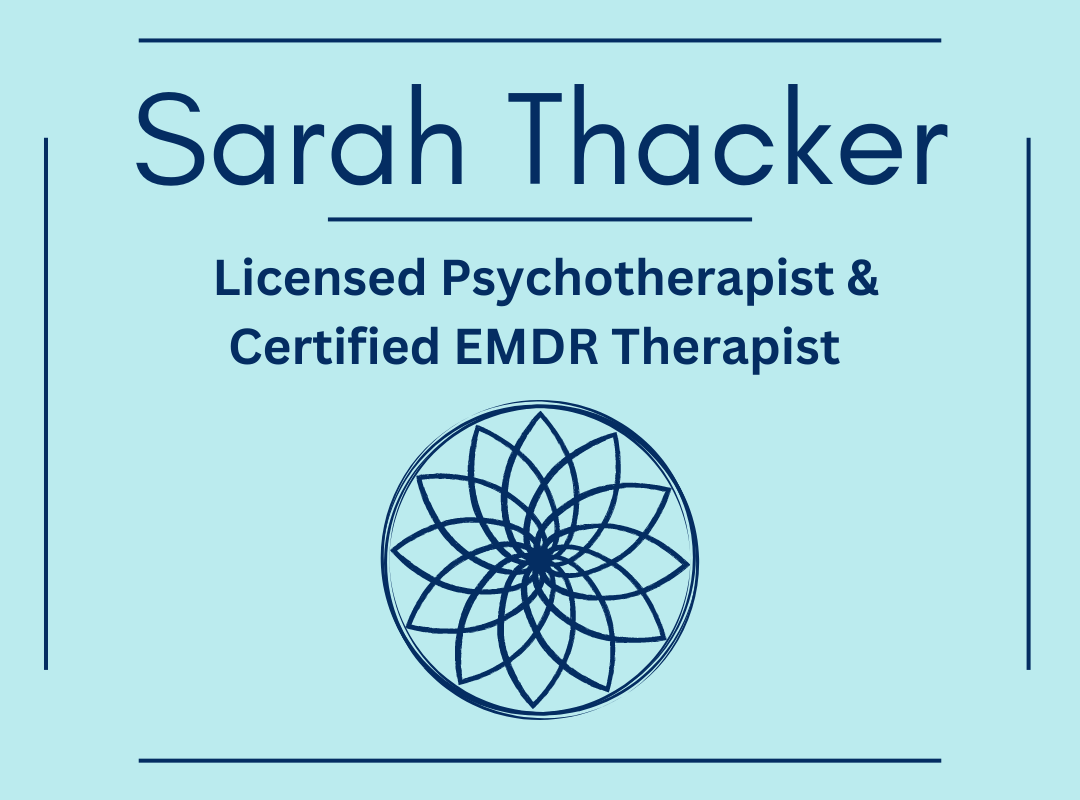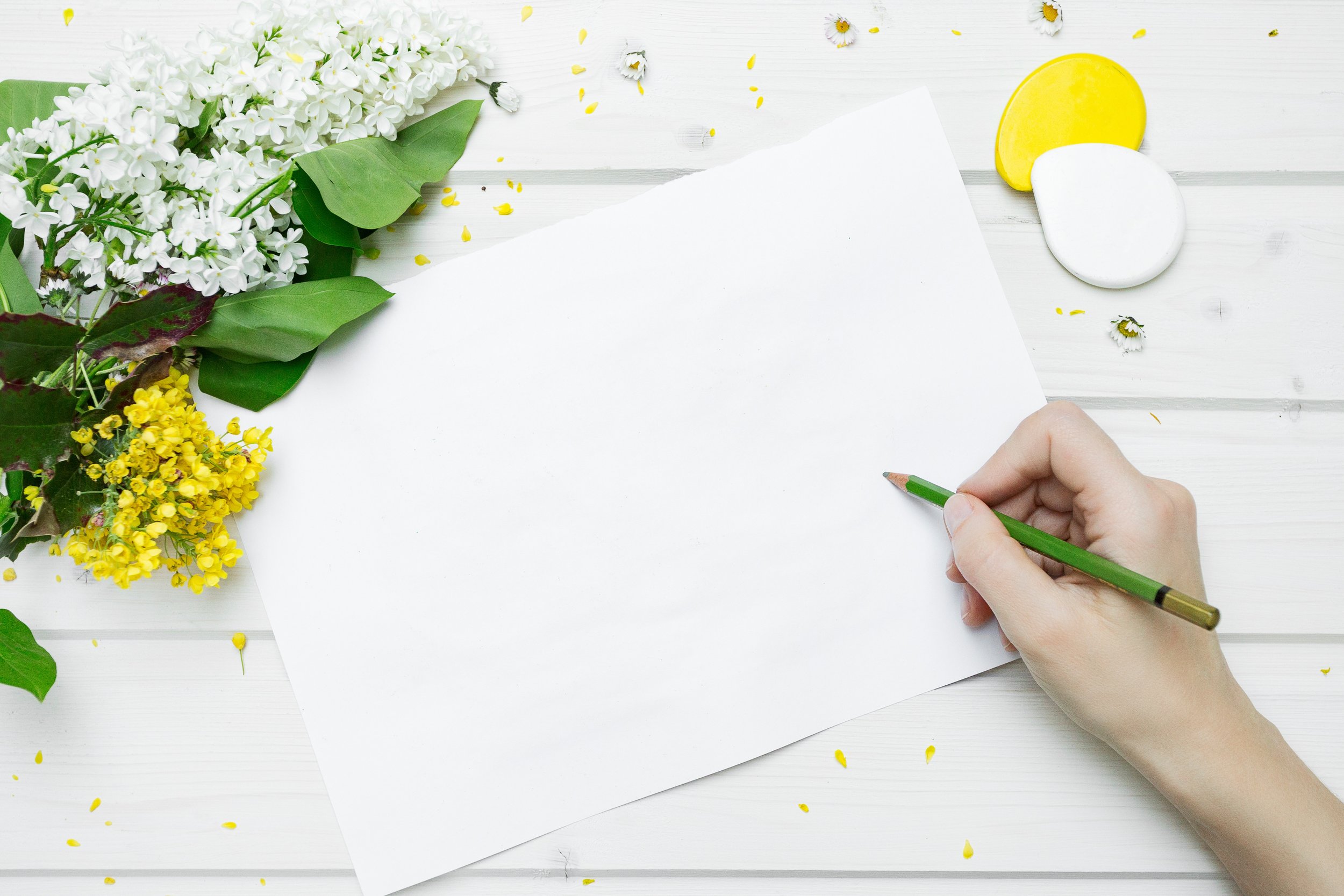Nonjudgment is a key concept within mindfulness. Mindfulness is paying attention from moment to moment with a nonjudgmental awareness. Nonjudgment means not having a reactive response to what is occurring, not responding—especially in a stressful manner—to whatever is true right now.
Nonjudgment can be a challenging concept to embrace because it is part of the nature of the mind to judge. However, this function of the mind/thought is not for the sake of beating yourself up or passing judgment onto others. The purpose of the capacity of the mind to judge is to engage the ability to make the best choices for yourself in the moment.
Unfortunately, judging and responding in an emotional way to that formulated judgement has become something that happens more rampantly. This internalized or passed onto others judgment is contributing to deep suffering on many levels. When you judge yourself, you create a feeling of being not good enough, unworthy and increase your stress.
When you judge others in a way that triggers a negative opinion of them, you are most likely activating your ego rather than your true self. In this ego space you are not allowing yourself to be accepting or compassionate towards their reasons why they have/do/are…whatever it is you are basing this judgment upon. This creates a limit to the connection you could experience with that person and also creates a cloud around a more clear decision to not subject yourself to that person.
When you embrace the concept and action of nonjudgment, you are not considering something as good or bad, right or wrong. You are not passing your internal opinions and values onto another but practicing the ability to deeply accept the truth of what is presented before you. When you practice nonjudgment, you are able to connect with a level of inner freedom and peace that allows you to experience less stress and an overall sense of lightness and wellbeing.
If you feel that you operate often out of a space of constant judgment, know that increasing your capacity for nonjudgment and deeper acceptance is a practice. It takes time, effort and focus to cultivate within. The most effective way to build your ability to practice and be in a state of nonjudgment and acceptance is through a consistent mindfulness practice. The second is through deep self-reflection.
While creating a consistent mindfulness and meditation practice has a number of benefits, today’s focus is specific to the ability to practice nonjudgment and acceptance. Your ability to accept others directly correlates to your capacity to accept yourself. If this feels like a little off-putting to consider, that’s ok, that’s just your ego responding and your ego is sensitive, guarded and most likely a little fragile. I know that mine sure is, which is why this practice is so, so very important. Without the internal barometer of mindfulness, meditation and self-reflection, we get stuck operating out of the needs of our ego. This will not increase our capacity of joy but will only create a temporary experience of survival and safety. But fear is always lurking out there—which ironically only breeds more judgment and nonacceptance. Nonjudgment allows you to release your ego based fears.
There are several mindfulness and meditation practices that offer the ability to grow in your capacity for deeper acceptance of yourself and others and allow the judging mind and ego to rest and feel safe. The most accessible is as simple as connecting with the rhythm of your breath. When you mind wanders, first, make note if it is a thought riddled with judgment (not to judge yourself, only to build awareness!) and then label it as a just a thought, then let it go. This will occur over and over and over again throughout the course of a minute. Initially this practice can be quite exhausting, but absolutely worth the effort. I recommend that you start slowly here, with just one minute and increase from there.
The second phase needed to build acceptance and the ability to practice nonjudgment is deep self-reflection. With deep self-reflection you are taking a closer look at your thought process. In this phase you become curious about your biases, your judgments, how they came to be and why they occur. Do you judge people for their appearance? Do you judge people for their material possessions? Do you judge people for their voice, their tone, their speech patterns, their words? Do you judge other people for what they do and the choices they make? These judgments may happen, however in deep self-reflection you can begin to understand why. This self-reflection practice gives you the ability to become aware that you are not your thoughts. Regardless of the emotional response that may or may not be conjured up by a thought, you can practice in the space of the witness to label it as a thought, or a process of your mind, and then let it go.
Earlier I may have triggered your ego by saying that your capacity to accept others is equal to your capacity to accept yourself. If you find that you judge others, how much time do you spend judging yourself? How much time do you spend commenting internally or out loud because of your appearance or your material possessions or for you what you say, do or the choices you make? Often the ego deflects this internal pain and suffering onto others and it creates this internal anxiety that is underlying, well, pretty much everything. It is deeply uncomfortable and unsatisfying, and I believe that most of us live in this space unconsciously much of the time.
If you are ready to heal from these internal patterns of thought, feelings and behaviors, today is the day to begin a mindfulness practice. If you are ready to dig deep and understand how these patterns arose in order to ensure that they remain at bay, then today is the day to begin deep self-reflection.



